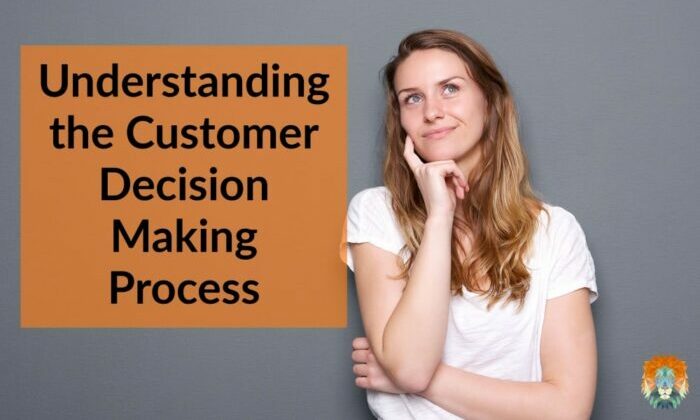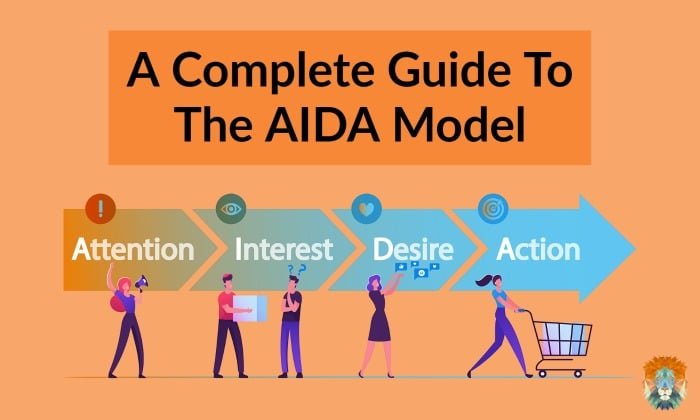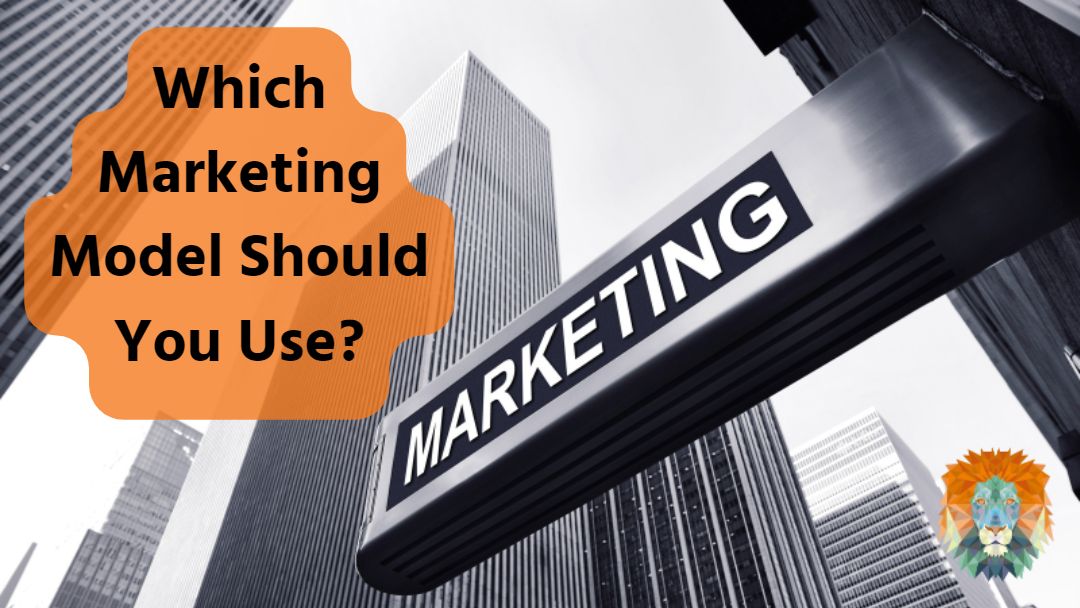We all know how tough it can be when making a decision. Whether it’s what you want to eat for dinner or where to buy a house, there are always a lot of different angles to consider. And it’s no different for your customers when they are buying from you. They have to decide if they want to work with you, or if they want to work with your competition, or even abandon the purchase altogether. Of course, you want them to choose you, and luckily you have many opportunities to influence their decision along the way. Especially if you know what’s going on in their head.
What is the Customer Decision Making Process?
Decisions are complex things, and customer don’t just ‘decide’ to buy one day. They go through a process. And by the time they get in touch with your business to discuss buying from you, they are already halfway through it! Years of research and psychological study have given marketeers a great understanding of the way customers make their buying decisions, and every single step they go through to get there. Using this information, experts have created something called the ‘customer decision-making process’, which takes you through how customers make decisions in just 5 steps. Using this, businesses can take action to influence customers to decide on them over their competitors.
What are the 5 Stages of Customer Decision Making?
No matter who your customer is, they will go through the same basic steps when trying to make a decision. That process looks something like this:
Problem Recognition
The first spark in a customer’s mind, when they become aware that they have a need in the first place. It’s the most important step because if the customer doesn’t come to realise they have a need, they will never search for the solution.
Search for Information
This is when customers now understand what they need, and go looking for solutions. This might involve searching on Google, looking on the high street, talking to friends and contacts, and more. The customer will usually create a shortlist of businesses to contact, and will reach out to you to find out more about what you do and if you fit their needs.
Evaluate and Compare
Once they have all of their information, it’s time for the customer to sit down and figure out which option is best for them. This is usually where you see customers comparing quotes, timelines, service levels and everything else, weighing up their options It’s a delicate time in the buying process, and many customers will take their time here.
Purchase Decision
The big moment – making their decision and moving forward with a purchase. This is when discussion and contemplation turns into action, and the customer will buy!
Post-Purchase Evaluation
You might think that once the customer has made their decision and bought the product/service, that would be the end of the process. But you would be wrong. There is one more step, and it’s perhaps one of the most important for businesses to understand if they want to secure repeat customers. This is the stage of reflection after the purchase when the customer sits back and thinks about how working with you was, and if it was a good decision.
How can you use the 5 Stages?
Problem Recognition
In a lot of scenarios, you might not be able to impact this at all. Many customers come to realise their needs on their own. But you can give them a nudge in the right direction with your marketing campaigns. Understanding who your target customers are, what their needs are and how you meet those needs is critical here, because you can then tailor your marketing campaigns to point out the need and highlight yourself as the solution.
Search for Information
At this stage the customer is actively looking for information about their need, what the various solutions are, and what will fit their needs best. So the best thing you can do as a brand is to provide as much information as possible, in as many forms as possible. This forms a key part of your sales funnel, and you should have an idea of what types of content people will need and when. So you might start off with a website and some blog posts, move on to a digital download, then to a brochure, and onto an info sheet on a specific product to help them make their decisions.
Evaluate and Compare
Odds are the customer hasn’t just collected information from you – they’ve collected it from your competitors as well. And now they are on the lookout for comparable alternatives so that they can make a decision. Here, you want to provide them with all the options, and keep in touch with them while they are evaluating to ensure questions are answered and you are firm in their minds.
Purchase Decision
This is the one stage you can’t do much about sadly! Once the customer has gathered all the information and weighed their options, they will make their decision. If you’ve done your job right, they will realise that your company is the best option and buy from you!
Post-Purchase Evaluation
If the customer decides to buy from you, your job isn’t done. This is when you will want to think about things like if the product they bought really met their needs fully, if they are happy with the purchase they made, and how you can continue the relationship with the customer in the hopes of gaining repeat business. After all, it’s more efficient to retain current customers than find new ones!
Understanding your customer journey is absolutely critical to good marketing and good sales – and part of that is knowing what process the customer goes through when making a decision. At Lion Spirit Media, we cover all elements of marketing strategy, and our methods are always informed by the stages of a buyer’s journey. With a unique blend of strategy, content marketing, SEO, and paid advertising, our strategies are designed to help you provide all of that information to customers and create the ideal climate for them to buy from you. To find out more, get in touch with the team at Lion Spirit Media to book your free consultation.





0 Comments